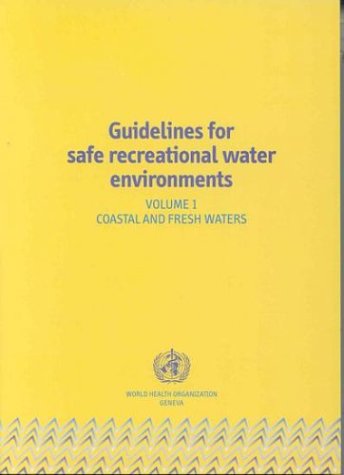

Most ebook files are in PDF format, so you can easily read them using various software such as Foxit Reader or directly on the Google Chrome browser.
Some ebook files are released by publishers in other formats such as .awz, .mobi, .epub, .fb2, etc. You may need to install specific software to read these formats on mobile/PC, such as Calibre.
Please read the tutorial at this link: https://ebookbell.com/faq
We offer FREE conversion to the popular formats you request; however, this may take some time. Therefore, right after payment, please email us, and we will try to provide the service as quickly as possible.
For some exceptional file formats or broken links (if any), please refrain from opening any disputes. Instead, email us first, and we will try to assist within a maximum of 6 hours.
EbookBell Team

4.1
30 reviewsThe primary aim of the Guidelines is the protection of public health. The Guidelines are intended to be used as the basis for the development of international and national approaches (including standards and regulations) to controlling the health risks from hazards that may be encountered in recreational water environments, as well as providing a framework for local decision-making. The Guidelines may also be used as reference material for industries and operators preparing development projects in recreational water areas, as a checklist for understanding and assessing potential health impacts of recreational projects, and in the conduct of environmental impact and environmental health impact assessments in particular.